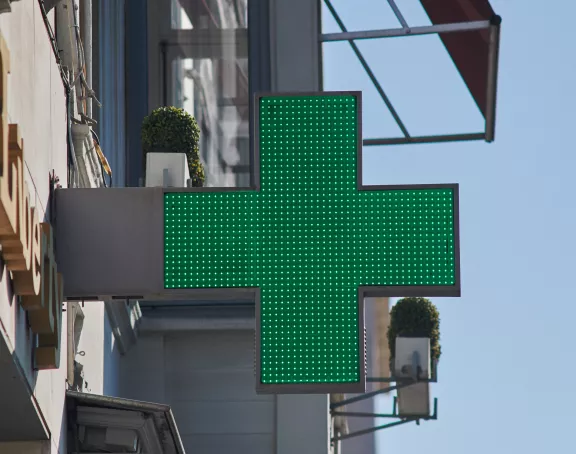First Dutch excessive pricing case in pharma may be expected soon
On 7 March 2018, the president of the Dutch Authority for Consumers and Markets (ACM) together with two colleagues published a paper concerning the application of the competition rules in the pharmaceutical industry.
The paper specifically explains that they see a role for competition law enforcement if the owners of patented drugs engage in excessive pricing. In its agenda 2018-2019 published earlier this year, the ACM indicated that it will focus on four topics, one of which will be the price of pharmaceuticals [see our March 2018 Newsletter]. The latest paper could be seen as a follow-up on the issue and it seems likely that the ACM is looking for a case to pursue in the area.
The focus of the paper is on excessive pricing and introduces at least two positions that are noteworthy. First, the authors argue that they see no objection in principle to a finding of excessive pricing in cases where the relevant drug is still patent protected. This is interesting as competition enforcers that have previously pursued excessive pricing cases in the pharma setting have so far focused on drugs that had been off-patent for quite a while and for which the owner then quite suddenly implemented a massive price increase (e.g. the cases of Pfizer in the UK, Aspen in Italy and in the EU). A possible reason for an enforcement focus on off-patent price hikes could be that in such cases the risk of competition law enforcement getting entangled with innovation incentives may be less pronounced. This is because in off-patent scenarios sufficient time has often elapsed for innovators to recoup their investment and make a profit. The authors note, however, that also in cases where the patent is still in place there are ways to strike the right balance between acceptable price levels and innovation incentives.
Relatedly, the authors point towards a possible framework for deciding which excessive pricing cases they should pursue in relation to patented drugs that would also take into account innovation incentives. The authors argue that simply pursuing cases where the price is above the relevant ‘quality of life adjusted year’ (qualy) threshold should strike the right balance as it would incentivise producers to ‘focus on socially relevant products’ only (p. 13 of the paper). This threshold varies in the Netherlands depending on the severity of the disease, up to a maximum value of EUR 80,000 per qualy. The authors were quick to note, however, that prices below qualy are not necessarily non-excessive (p. 14 of the paper).
Now that the ACM seems to be moving towards an established framework for pursuing excessive pricing cases, one wonders whether the regulator is gearing up to actually commencing an enforcement action in the area. There are at least three reasons to expect that this is likely. First, experience shows that ACM is likely to turn priorities identified in its agenda into actual cases. Secondly, an excessive pricing case would fit the political climate – prevalent throughout Europe but certainly also in the Netherlands – that demands action against high prices for ‘sensitive’ drugs. Finally, the paper references an ACM working paper that is still a work in progress, which sets out in more detail the qualy-threshold based framework as a basis for excessive pricing cases. These reasons could be seen as signals that the ACM is preparing to get active in this space.
This article was published in the Competition Law Newsletter of April 2018. Other articles in this newsletter:
1. District Court rules on the preliminary defences in CRT case
2. District Court Amsterdam rules real estate platform Funda did not abuse its dominant position

